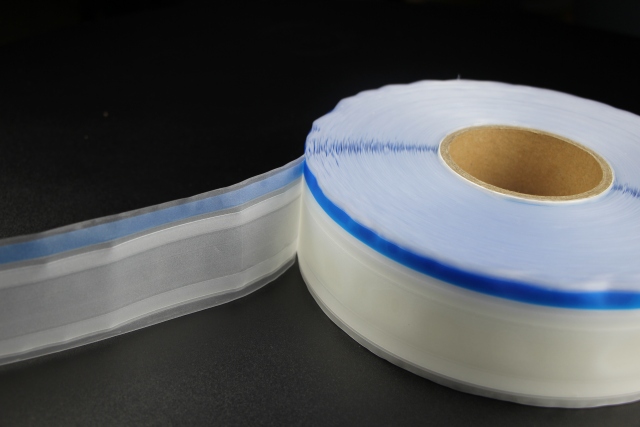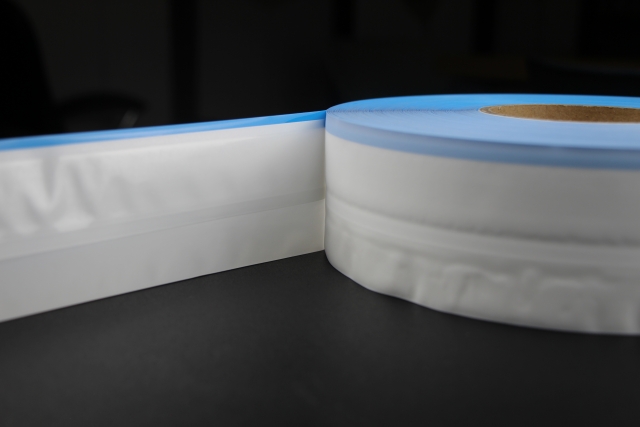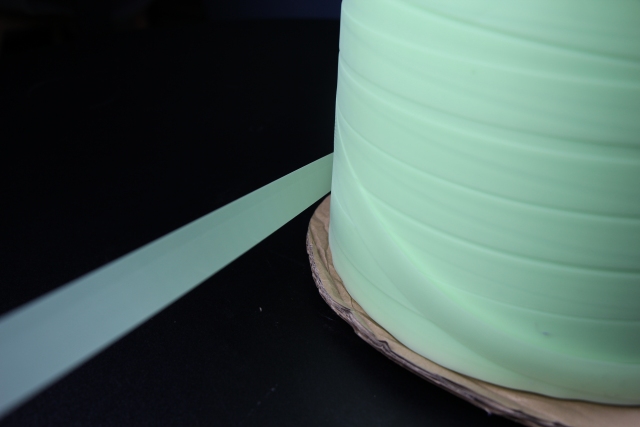Author:Hengdaxin Diaper Material SupplierFROM:Diaper Materials Manufacturer TIME:2024-08-07
Sanitary pads are essential hygiene products used by women worldwide. The materials used in these pads play a crucial role in their effectiveness, comfort, and overall utility. Understanding the functions and applications of sanitary pad materials is key to appreciating their impact on women's health and well-being.
One of the primary functions of sanitary pad materials is absorbency. This property determines how well the pad can absorb menstrual fluid during use. Materials like wood pulp, superabsorbent polymers (SAP), and cotton are commonly used for their high absorbency rates. SAPs, in particular, can hold many times their weight in liquid, enhancing the pad's effectiveness and reducing the risk of leakage.

Comfort is another critical consideration in sanitary pad design. Soft materials like cotton and rayon are preferred for their gentle touch against the skin, minimizing irritation and discomfort during use. Manufacturers often incorporate breathable layers to enhance comfort, allowing airflow and reducing humidity.
The thickness of sanitary pads affects their discretion and comfort. Thinner pads with high absorbency materials offer enhanced discretion and a more natural feel. Innovations in material engineering have led to thinner yet highly absorbent pads, meeting the demand for both effectiveness and comfort.
Effective leakage protection is paramount in sanitary pad design. Materials are chosen not only for their absorbency but also for their ability to prevent leaks. This includes using leak-proof barriers and absorbent cores strategically placed within the pad structure to contain menstrual flow securely.

Odor control is achieved through materials that inhibit bacterial growth and neutralize odor-causing compounds. Many pads use materials treated with odor-neutralizing agents or infused with natural extracts to maintain freshness throughout the menstrual cycle.
Increasingly, there is a focus on sustainable materials in sanitary pad production. Biodegradable materials and organic cotton are gaining popularity due to their reduced environmental impact compared to traditional synthetic materials. Manufacturers are exploring eco-friendly alternatives without compromising on performance.
Sensitivity to certain materials is a concern for some users. Sanitary pads are now available with hypoallergenic materials, reducing the risk of allergic reactions. These materials undergo rigorous testing to ensure they are safe and gentle on sensitive skin.

Beyond standard pads, materials are adapted for specialized products such as overnight pads, panty liners, and maternity pads. Each product category requires unique material properties to cater to specific needs like extended wear, extra comfort, or increased absorbency.
In conclusion, the functions and applications of sanitary pad materials are diverse and essential to women's health and comfort. From absorbency and comfort to leakage protection and environmental considerations, these materials undergo continuous innovation to meet evolving consumer needs. As technology and consumer preferences evolve, so too will the materials used in sanitary pads, ensuring continued improvement in hygiene and comfort for women worldwide.
This article provides a comprehensive overview of the functions and applications of sanitary pad materials, highlighting their importance in women's hygiene and well-being.